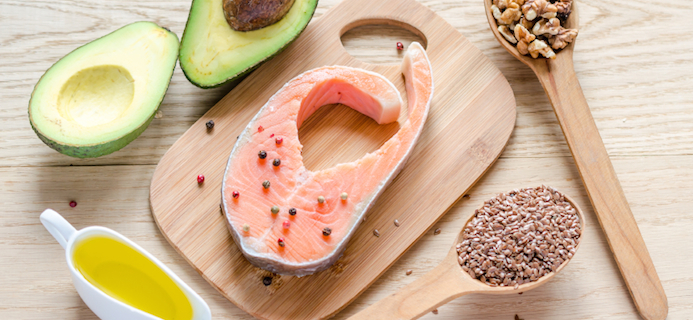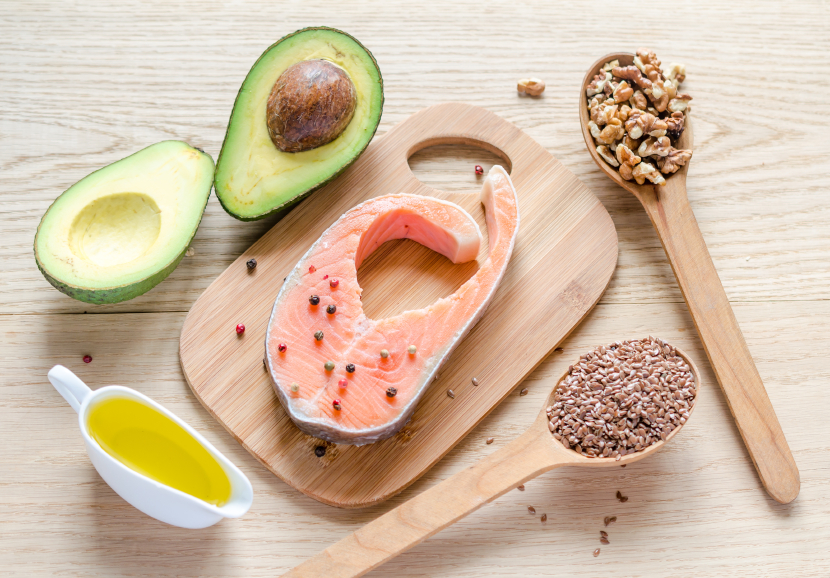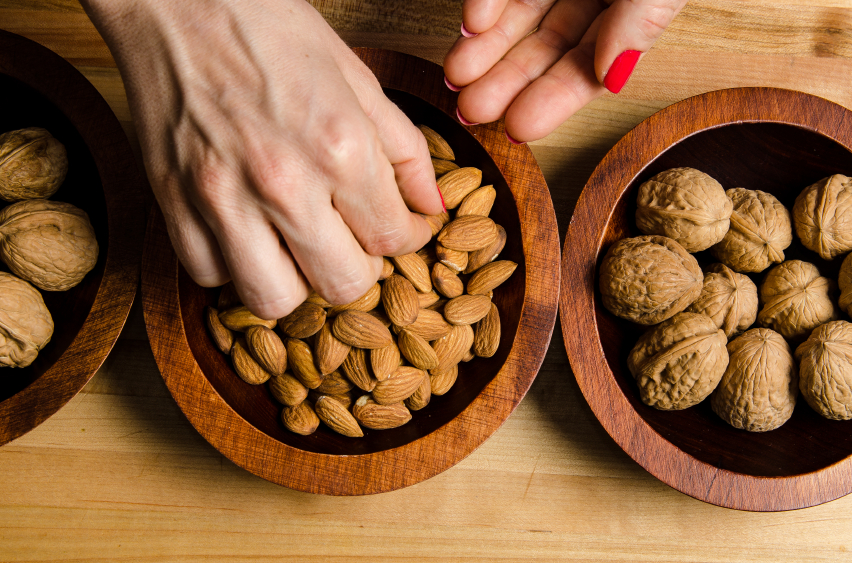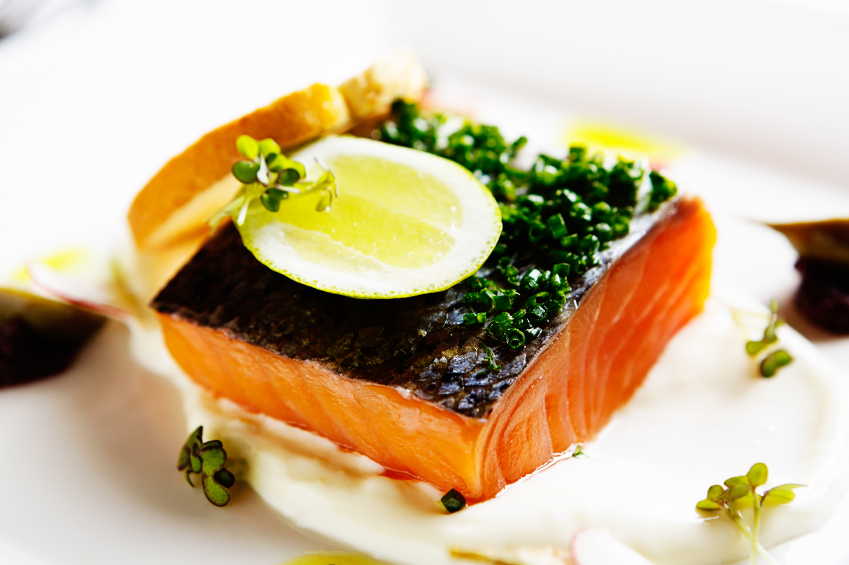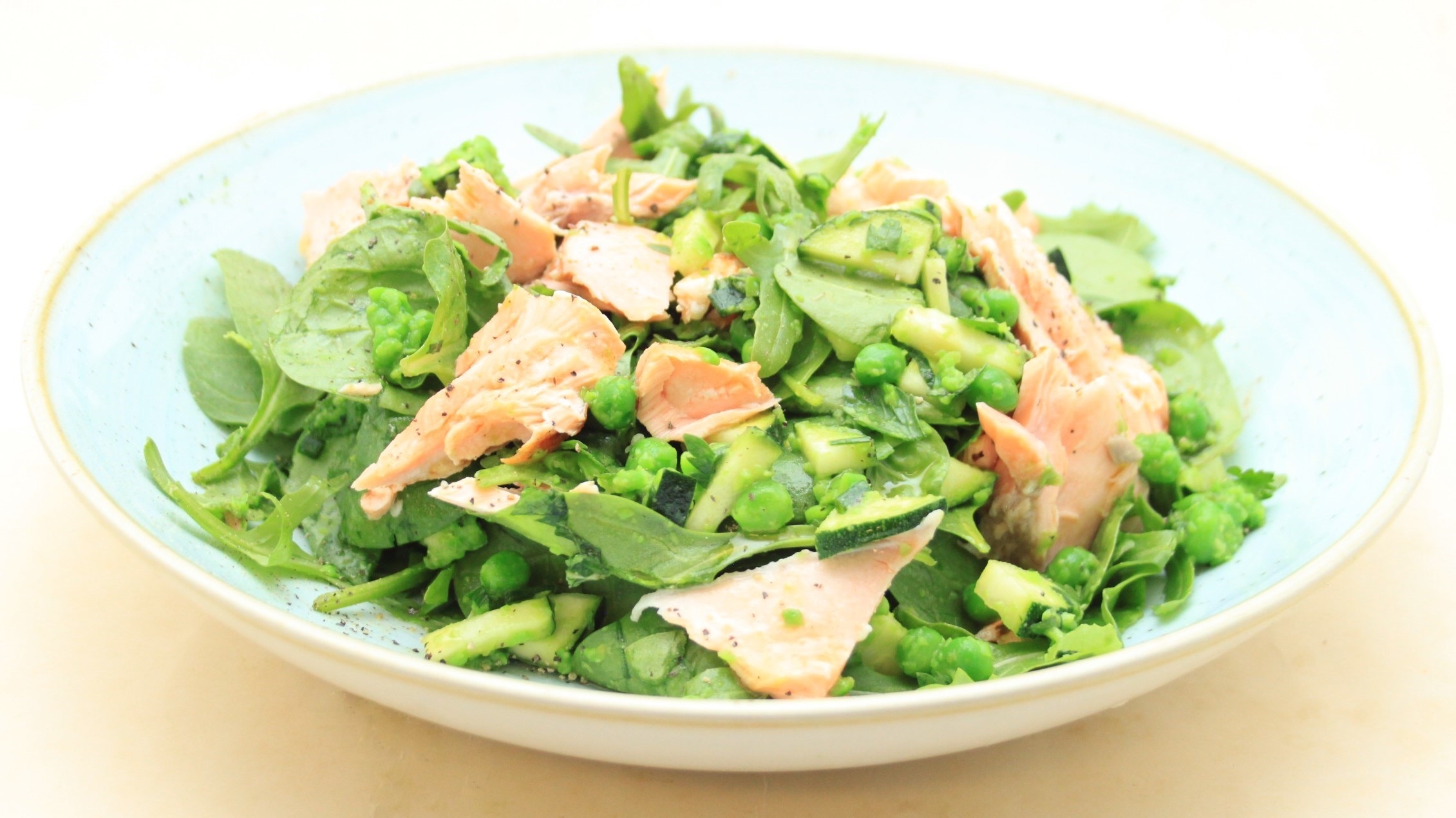Spain have created a diet avocado. But aren’t they good for you anyway? Through the confusion and hype, nutritionist Robert Hobson explains exactly what you need to know about healthy fats and how to get yours
If avocados were healthy, why have Spain created a ‘diet avocado’? The fruit, which has gained popularity in recent years smashed on toast, contain ‘good fats’ which can improve heart health and lower cholesterol. But that doesn’t mean you can eat as much as you like – like every thing else, avocado should be eaten in moderation.
The Avocado Light contains a third less fat, as well as ripening a lot faster and turning browner slower, which means more can be consumed for the same calories – hurray for avo lovers! I’m aware there is a lot of confusion about so-called healthy fat, especially due to the things I get asked to write and the questions I have from clients. What are omega fatty acids? What do they do and how much do we need? Let’s start with the basics.
What exactly are omega fats?
Fats can be split into two groups known as saturated and unsaturated. The latter consist of two further groups known as monounsaturated and polyunsaturated fats, which are often referred to as ‘healthy fats’. The omegas are groups of fatty acids that fall into these two categories and are classified as omega 3, 6 and 9.
if you did a Google search you could be led to believe they are the antidote to every health concern under the sun
What are omega 9 fatty acids then?
Omega 9 fatty acids are a group of unsaturated fats that fall into the monounsaturated group. The primary fatty acid in this group is called oleic acid and can be found in plant-based foods that include avocados, olives, olive oil and nuts such as cashews, walnuts, pistachios, pecans and almonds. This particular fatty acid has been shown to help promote cardiovascular health by increasing HDL (good) cholesterol and reducing LDL (bad) cholesterol. Almonds for a key part of the cholesterol-lowering Portfolio diet and olive oil is renowned for its positive effect on health and is a major component of the much praised Mediterranean diet.
Omega 3 and omega 6 fatty acids are also a group of unsaturated fats but they fall into the polyunsaturated group. Unlike omega 9 which can be made within the body, the other two cannot and must be obtained from the diet, which is why they are referred to as being essential.
With me so far?
How about those much-hyped omega-3s?
So, the omega 3 group of fatty acids are made up of eicosapentaenoic acid (EPA), docosahexanoic acid (DHA) and alpha-linolenic acid (ALA). The most nutritionally significant are EPA and DHA. They have a key role to play in the body, which includes forming a structural component of cell membranes so getting adequate amounts from the diet is pretty important. There has been a huge amount of research surrounding these two fatty acids and if you did a Google search you could be led to believe they are the antidote to every health concern under the sun, a modern day ‘snake oil’.
Unlike omega 9 which can be made within the body, the other two cannot and must be obtained from the diet
Once eaten, omega 3 fatty acids (and omega 6) go through a series of chemical reactions in the body that convert them into compounds that contribute to several important physiological roles.
One such pathway leads to the formation of prostaglandins and in the case of omega 3, these are anti-inflammatory meaning they help to reduce inflammation in the body, which is thought to be at the root of many chronic diseases. A great deal of the research has highlighted the positive effect they can have on improving cardiovascular health which is affected by inflammation (this is not the same as when you cut yourself and your immune system sends out factors to reduce any infection and help with healing, but the effect of an overactive immune system that over time can cause damage to the body). Other health benefits of omega 3 include the positive effect they can have on mood, skin and inflammatory conditions.
The main source of omega 3 is oily fish but food surveys show that a significant number of people in the UK fail to eat any at all, let alone meet the governments recommendation of one portion per week which means low intakes of omega 3.
Now, what about omega 6?
The Omega 6 group of fatty acids are also vitally important and used for normal brain function, growth and development. In order to meet these requirements only a small amount is required and as omega 6 is abundant in so many foods, getting what you need is of little concern. However, achieving a healthy balance of omega 3 to 6 is considered to be healthy and we tend to eat way more omega 6 than omega 3, which may contribute to the risk of disease.
we tend to eat way more omega 6 than omega 3 fats, which may contribute to the risk of disease.
Once you have gleaned the omega 6 your body requires the excess begins to undergo a conversion to another type of prostaglandin that encourages inflammation in the body. Research shows that over time the body can enter a state of low-grade inflammation that causes the immune system to remain ‘switched on’ and over long periods of time this could be detrimental to your health. It’s also unlikely you would know this was happening, as the inflammation itself would not cause any obvious symptoms.
health benefits of omega 3 include the positive effect they can have on mood, skin and inflammatory conditions
The simplest way to start rebalancing your omegas is to address the type of oils and fats you use on a daily basis. Many of us are trained to choose polyunsaturated margarines and cook with oils such as sunflower, which are rich in omega 6 (a result of the long standing guidance to reduce saturated fat in the diet). However, you’re better off sticking to olive oil for everyday use (this is mostly omega 9) and coconut oil for high temperature cooking (this is all saturated fat known as medium chain fatty acids). Cutting out processed food can also help and of course upping your intake of oily fish.
ALA oe Alpha Linoleic Acid is the final omega 3 fatty acid you need and can be found in foods such as green veggies, quinoa and seeds. DHA (docosahexanoic acid) and EPA (eicosapentaenoic acid) are omega 3 fatty acids found in oily fish that are essential as the body can’t make them ‘in house’. While ALA can be converted to EPA and DHA in the body, our ability to carry out this conversion is poor. Whilst foods like seeds and seed oils such as chia are often promoted as being high in ALA, relying on these foods alone will not provide you with enough of the more important EPA and DHA (not great news for vegetarians, vegans or those of you that dislike oily fish!).
Whilst I’m a firm believer in the need for real foods in the diet, I also fully recoginise the role of supplements and this is a prime example of where they can help to bridge the nutrition gap. For those of you who don’t eat oily fish then a good quality supplement containing EPA and DHA can be beneficial. These supplements are also available in a form suitable for vegetarians and vegans. Try Healthspan’s Opti Omega 3, 1000mg (£10.95 for 60 capsules) which contains optimum levels of DHA (276mg) and EPA (220mg).
The whole topic of dietary fat is a bit of a minefield and unlike carbohydrates and proteins is quite a complex area. I hope this adds a little clarity!
Summer salmon salad recipe
Serves 2
410 calories per serving
Rich in omega 3, potassium, calcium, magnesium iron, B complex and vitamins D and C
This dish is incredibly nutrient dense, not only is it packed with omega 3 but brimming with other health giving nutrients. A single serving of this salad provides nearly half your recommended daily intake of iron, magnesium, calcium and vitamins D, C and B complex.
Ingredients
2 skinless salmon fillets
300g frozen peas, defrosted
Grated zest of 1 lemon
2 courgettes, finely diced
Small handful of chopped parsley
5 mint leaves, finely chopped
5 chives, finely chopped
2 large handfuls of baby spinach
2 large handfuls of rocket
1 tbsp extra virgin olive oil
½ lemon juiced
Sea salt
Black pepper
Method
1. Preheat the grill to medium
2. Season the salmon fillets and grill under a medium heat for 10 minutes
3. Allow the salmon to cool then flake
4. Add the peas (reserve a handful) and lemon zest to a food process and lightly pulse until slightly broken down
5. Place the peas in a large bowl along with the chopped courgette, parsley and parsley then combine well
6.. Add in the reserved peas, spinach, rocket, olive oil, lemon juice, sea salt and pepper and toss so that the leaves are covered with the pea mixture.
7. Split the salad between two bowls and lay the salmon across the top
Nutritionist Rob Hobson runs consultancies RHNutrition and HOPE (Helping Older People to Eat Well) and has built a reputation as a trustworthy and inspirational source of information working for the NHS, private clients and leading food and nutrition companies including supplements provider Healthspan. An obsessed foodie and skilled cook, Rob regularly cooks for celebrity clients and contributes to national press including Stella, Daily Mail, Grazia, Harpers Bazaar, Runners Fitness, Healthy magazine and Women’s Health.
Like this article? Sign up to our newsletter to get more articles like this delivered straight to your inbox.



